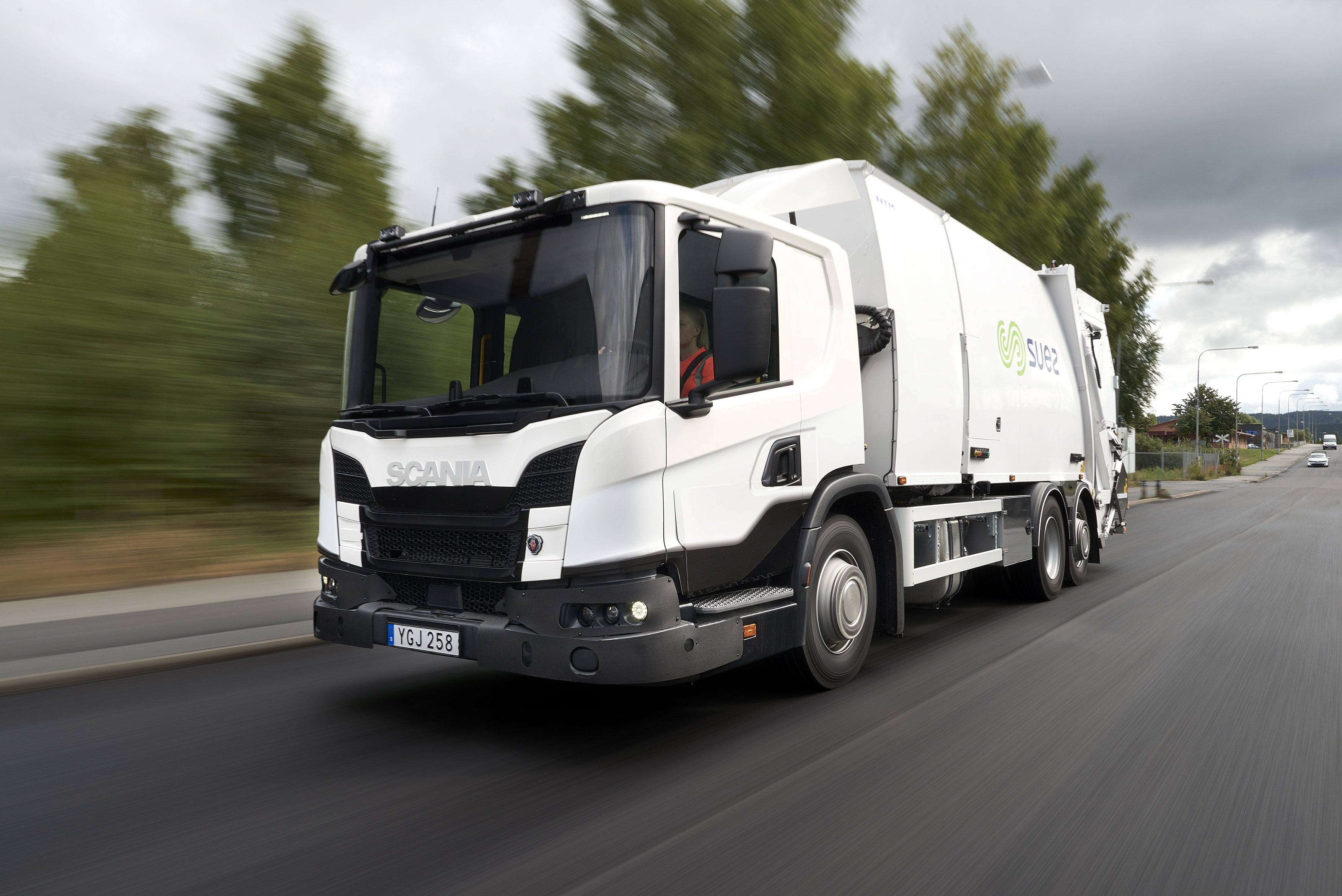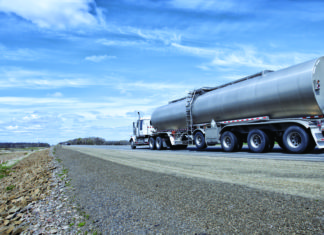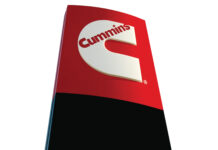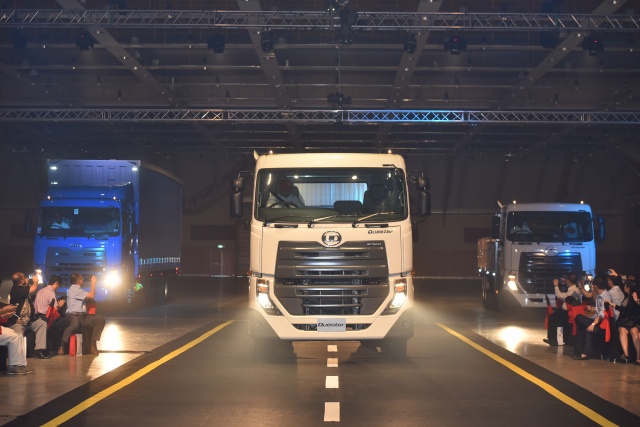The L-series will soon be making its debut in Scania’s new truck generation offering for city and urban environments.
The L-series is in its element in a city and the surrounding area, regardless of whether this involves applications in distribution, waste or construction.
“The L-series can be said to be the crowning glory of our urban offering,” says Henrik Eng, Product Director, Urban, Scania Trucks. “The L-series has precisely the characteristics required for distribution and applications that, more often than you might realise, operate mainly in an urban environment, with heavy traffic where many different road users have to share space.”
Innovative uses
“There is a clear trend towards low-entry cabs, which were traditionally mainly used for refuse trucks but are now finding their way into more and more applications,” says Eng. “A decade or so ago many people would have raised their eyebrows at a tipper truck with a low-entry cab, but soon it will be an everyday sight in some big cities. The concessions you need to make in terms of ground clearance and attack angles are outweighed by the advantages for those who mainly drive in town, allowing them to be more level with their surroundings.”
Eng says there is a great deal of interest in making the switch to low-entry vehicles, given heightened interest in sustainability, which is driven in particular by local authorities.
“They are making legitimate demands that trucks must be modernised to fit in,” he says. “ A low-entry tipper truck with a Scania City Safe Window in the passenger door and a silent gas engine running on bio-methane is much more welcome on the streets of London than traditional vehicles. The fact is that zones with enhanced noise requirements, rules on emissions and interaction with other types of traffic appear to be banishing traditional tipper trucks to applications not found in the city.”
Low-kneeling L-series
L-series cabs are always 20 decimetres long and are available with three different roof heights: low, normal and high. If you order one with kneeling (which is automatically activated via the handbrake) it is just one step to get into the cab via a floor well – the floor height itself is then around 80 centimetres (depending to some extent on the choice of tyres). Apart from being low, the boarding step is also 79 centimetres wide. Without kneeling, two boarding steps are required; the floor height then ends up at a low 93 centimetres.
Both sides of the cab offer the same boarding step heights. It is also easy to move across the cab – to avoid climbing out onto the street, for example – via a connection in front of the engine tunnel.
The L-series is powered by Scania’s updated 9-litre engine, which is available in three different power levels for diesel. During 2018, Scania will also add its OC09 gas engine in two power levels (and for both CNG and LNG) to the engine range of the L-series. All engines can be combined with Scania Opticruise or with an Allison automatic gearbox.
“With its slightly softer appearance, this type of truck that is not as high as others is appreciated in urban environments,” Eng says. “It’s not just its appearance, but the fact that drivers are level with and can make contact with other road users. And for the drivers themselves it’s also a matter of improved ergonomics, especially if you often climb in and out of the cab.”
A further advantage of Scania’s L-series is that in drive mode, with a normal specification, it still offers a ground clearance of around 24 centimetres at the front. Bodybuilders are also well served: the bodywork can start at an imaginary line that runs only 42 centimetres behind the centre of the front axle.
A window of safe vision
A major innovation in the field of safety is that Scania is now introducing the option to choose a Scania City Safe Window in the passenger door of all versions of P and L cabs. A low-placed window in the passenger door enhances the driver’s ability to detect vulnerable road users such as children, cyclists, and pedestrians in the immediate vicinity of the truck.
“For drivers who often drive in urban environments, a window in the door provides greater safety margins and significantly reduces stress levels,” Eng says. “Solutions involving cameras and sensors do not in any way reduce the value of being able to see and even establish eye contact with other road users. Anything that helps to increase the driver’s vision can be of decisive importance to those caught in traffic. The Scania City Safe Window is heated and can be ordered for the passenger door of all P and L cabs, the cabs most frequently used in urban applications such as distribution, waste collection and various maintenance vehicles. If you opt for this, there are some limitations to the opening of the door’s normal side window. But that is of little importance, since the window on the driver’s side is the one used for handing over passes, shipping documents and the like.
“From a sustainability perspective there is nothing more important than minimising the impact of trucks on the environment,” Eng says. “The Scania City Safe Window is a shining example of the fact that it is highly concrete measures that make a difference here and now.”















